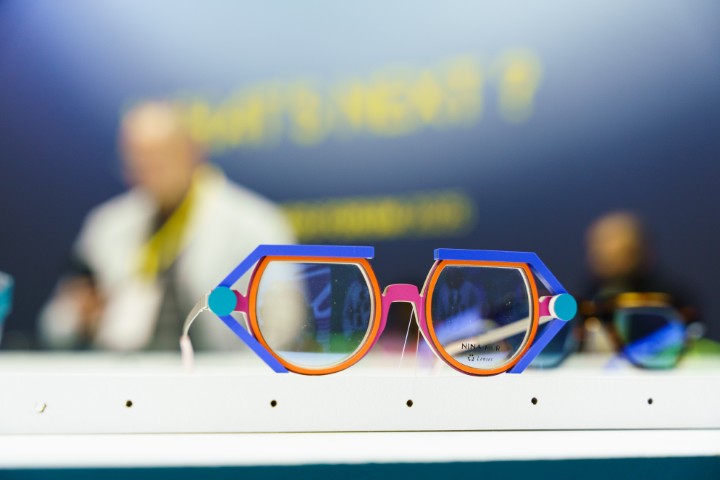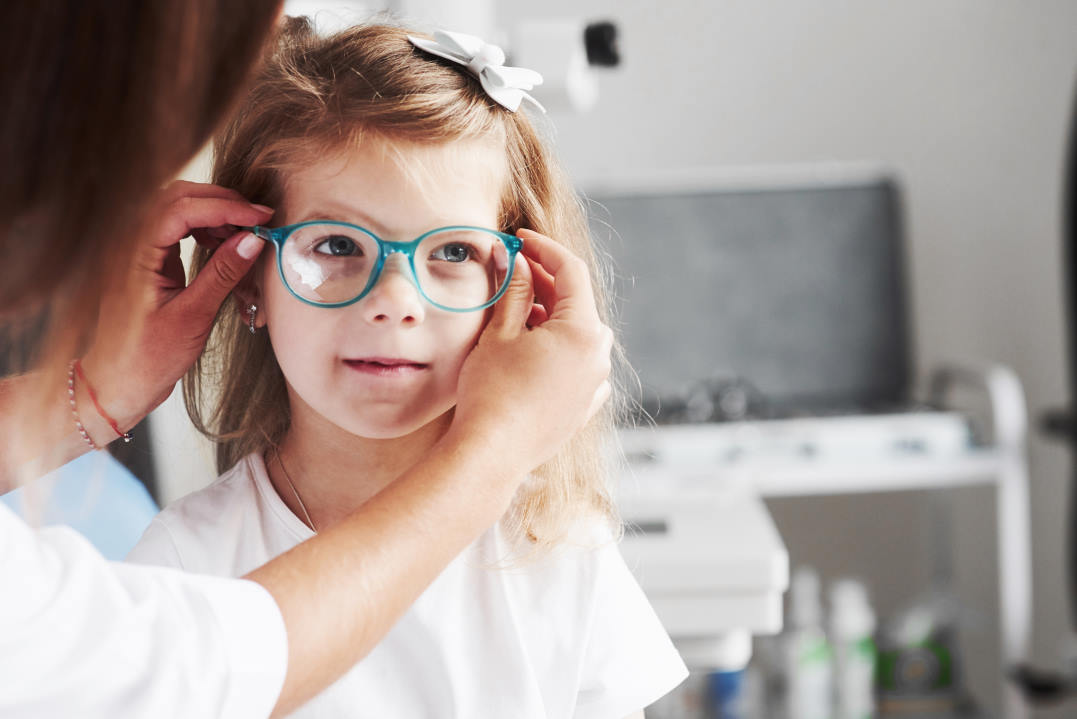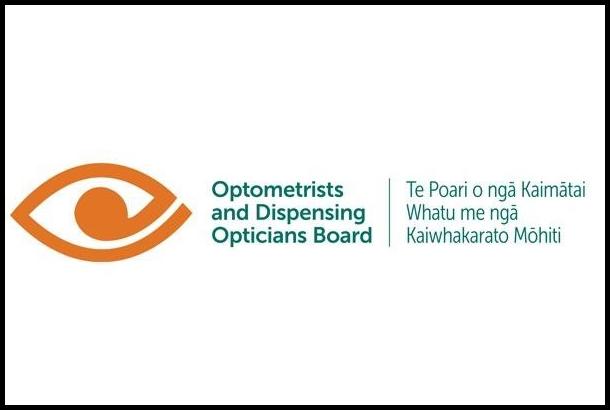The murky waters of contact lens wear and aquatic fun
The issue of wearing contact lenses (CLs) in water-related settings is incredibly challenging. I'm not just talking about swimming – a splash-park experience during my family's summer vacation in Spain inspired me to seek some professional advice.
The sun was scorching, the thermometer hitting 38°C and I was sporting my beloved Maui Jim sunglasses. During the summer months I prefer to wear CLs, giving me the freedom to wear any sunglasses my heart desires. When my children asked me to join them on a ride at the theme park, I hopped on, eager to beat the heat and make unforgettable family memories. But as our ride came to an end, a colossal splash drenched me and water went into my eye. The splash hadn’t looked that bad when we were queuing but now panic surged through me – was I now at risk of infection? Without my glasses or spare contact lenses, I couldn’t remove my CLs.
CL wearers often find themselves in a dilemma when partaking in such aquatic activities. While it is widely acknowledged that swimming with contact lenses poses a high risk of bacterial contamination and should be avoided, the advice for other aquatic activities is less clear. These environments may not involve prolonged water exposure, but they still present unique challenges for those who rely on their contact lenses.
For swimmers, the current advice is to wear goggles and avoid using monthly lenses. However, this can be quite costly for patients who only need to wear CLs occasionally and parents may not carry goggles with them – certainly not expensive prescription ones – when their children are just running around a splash park.
Steve Newman, chief technology officer of Menicon Singapore, advises against wearing CLs for water activities, but notes some scenarios are safer than others. “Generally, water treated with chlorine is safer for contact lenses than shower water, fresh water and seawater, as the water treatment eliminates some bacteria.” He also suggests disposable daily lenses reduce the chance of bacterial build-up. “Even better, when water enters the eyes, remove (the lenses) immediately, then replace them with a fresh set after a couple of hours, so it gives the tears a chance to wash out any bacteria.” Wearing monthly lenses presents additional challenges, as the wearer must ensure they are properly cleaned, he says. “Ideally, they should be taken out immediately, cleaned with fresh solution and left in the case for at least two hours to ensure proper sterilisation before being reinserted.”
Newman’s advice is echoed by Max Halford, clinical lead at the Association of British Dispensing Opticians. “Consult with your optician about prescription sunglasses or even prescription swimming goggles for water activities. While the risk is low, contact lenses should avoid contact with water to prevent eye infections. Daily disposables are recommended for holidays as they are convenient and reduce the risk of infection. However, if discomfort or redness occurs, remove the lenses immediately and consult an eyecare professional. Always carry spare lenses, especially on holiday, and remember: if in doubt, take them out.”
Alex Petty, a contact lens specialist at Bay Eyecare, Tauranga, says wearing contact lenses during water activities as I did carries a low infection risk. He says the frequency would be “one or two cases (of bacterial keratitis) per 10,000 patients yearly for daily replacement lenses and around 10 times higher for monthly wearers.” In fact, contact lens-wearers’ risks are greater if they have been in contact with unclean water sources such as streams, hot tubs or even taking a bath or shower.
(Sp)lashing out
This leads me to the issue of waterproof makeup, which may increase the likelihood of bacterial buildup during water-related activities. Many waterproof mascaras and eyeliners contain ingredients that can dry out eyelashes and compromise their health by making it difficult for them to effectively trap dust and dirt, while the makeup itself can harbour harmful dirt.
Furthermore, the removal of these products often requires vigorous rubbing, which can result in the makeup, dust and bacteria getting trapped under CLs. If bacteria are already trapped in the lenses from water exposure, this will further increase the risk of irritation, infection and damage to the eyes. So the advice to CL wearers is to choose non-waterproof makeup or no makeup at all.
By understanding the risks associated with water exposure and considering alternative vision-correction methods, CL wearers can enjoy these activities without compromising their eye health. An informed decision, guided by professional advice, is key to a safe and enjoyable experience in any aquatic setting during the summer.

Siu-Yin Shing is an eyewear blogger born in Hong Kong but now based in the UK. She founded her blog MyGlassesAndMe.co.uk 12 years ago, covering eyewear, fashion and everything in between for specs wearers.





















